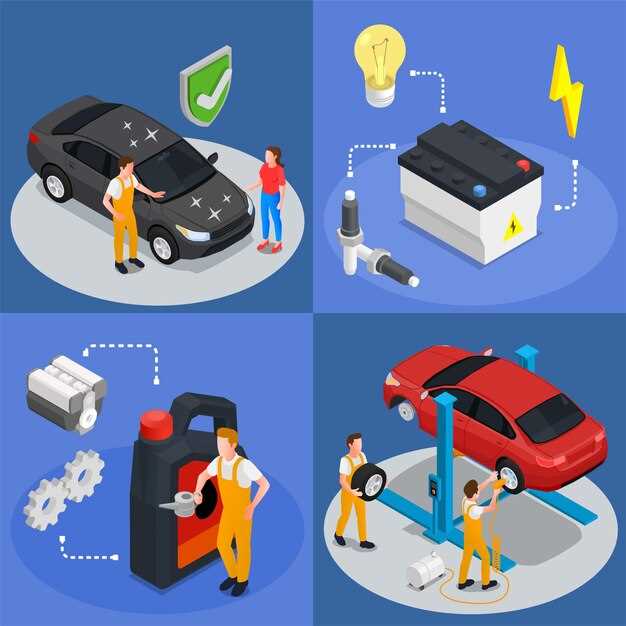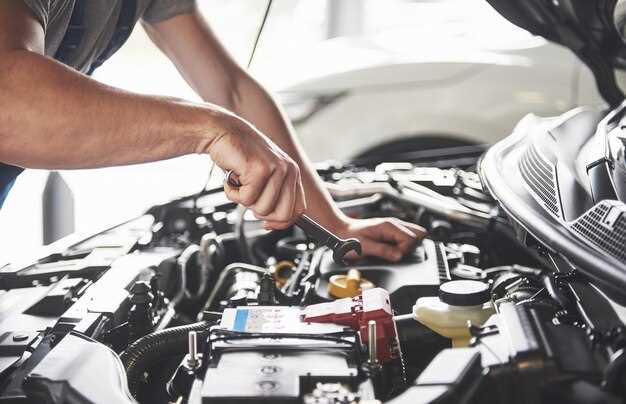
Maintaining your car battery is essential for ensuring its longevity and optimal performance. A well-cared-for battery can significantly enhance your vehicle’s reliability while preventing unexpected breakdowns. In this article, we will explore crucial tips that every car owner should consider to extend the life of their battery and maximize its effectiveness.
Proper care and maintenance of your car battery involve routine checks and understanding the specific needs of your battery type. From keeping the terminals clean to monitoring the charge levels, several practices can make a significant difference. By following these simple yet effective battery care tips, you can avoid premature failures and costly replacements.
Whether you’re a seasoned car enthusiast or a new driver, mastering these maintenance strategies will empower you to take charge of your vehicle’s performance. With the right approach, you can ensure that your battery remains in peak condition, ready to deliver when you need it the most.
Regular Inspection of Battery Terminals and Connections
Regular inspection of battery terminals and connections is crucial for ensuring the longevity and performance of your car’s battery. Corrosion, loose connections, and dirt buildup can significantly impact the battery’s ability to deliver power. Here are some essential tips to consider when inspecting your battery.
Firstly, always ensure that the car is turned off and the keys are removed before proceeding with any inspection. Start by visually checking the battery terminals for any signs of corrosion, which often appears as a white, crusty substance. If you notice corrosion, it’s important to clean it off promptly using a mixture of baking soda and water, which neutralizes the acid.
Next, examine the tightness of the connections. Loose terminals can lead to poor electrical contact, resulting in starting issues and uneven battery discharge. Use a wrench to tighten any loose connections, but avoid over-tightening as this can damage the terminals.
Additionally, check the battery cables for fraying or damage. Worn cables can cause intermittent power loss and should be replaced if any significant wear is observed. Keeping the connections clean and secure will not only enhance performance but also prolong the life of the battery.
Finally, make it a habit to inspect your battery terminals regularly, especially before extreme weather changes, as temperature fluctuations can strain the battery. By maintaining clean and secure connections, you are taking a significant step towards maximizing your battery’s lifespan and performance.
Optimal Charging Practices to Extend Battery Life

To ensure the longevity and performance of your car battery, adopting optimal charging practices is essential. One of the primary considerations is to avoid deep discharging. Frequently letting the battery drop to a low charge level can significantly reduce its lifespan. Aim to recharge the battery when it reaches around 20-30% of its capacity.
Another important aspect is to use the correct charger. Ensure that the charger matches the voltage and amperage specifications of your car battery. Using an incompatible charger can lead to overcharging or undercharging, which detracts from battery health and efficiency.
Consider incorporating a smart charger into your battery care regimen. Smart chargers adjust the charging rate and monitor battery health, providing a steady and consistent charge while preventing overcharging. They are particularly useful for maintaining batteries during periods of inactivity.
Whenever possible, charge the battery slowly. A slow charge is gentler on the battery than a fast charge, minimizing heat generation and promoting overall battery health. Ideally, aim for a charging rate of around 10% of the battery’s amp-hour capacity.
Finally, regularly check the battery connections and ensure they are clean and free of corrosion. Good connections facilitate effective charging and enhance the overall efficiency of your car battery. Incorporating these practices into your battery maintenance routine will help extend its life and sustain optimal performance.
Choosing the Right Environment for Battery Storage

Proper storage of your car battery significantly impacts its longevity and performance. Finding the ideal environment is crucial for maintaining optimal condition. It’s important to store the battery in a location that is cool, dry, and well-ventilated. Extreme temperatures can cause damage; excessive heat can accelerate fluid evaporation and increase the risk of corrosion, while freezing conditions can result in battery failure.
A temperature range between 32°F and 80°F (0°C to 27°C) is recommended for battery storage. Avoid areas exposed to direct sunlight or harsh weather conditions. A garage or a shed with stable temperatures offers a suitable environment. If indoor storage is not possible, ensure the battery is covered and protected from moisture, which can lead to corrosion and leakage.
Additionally, it’s wise to elevate the battery off the ground to avoid contact with moisture that can cause short circuits. Placing it on a shelf or using non-conductive materials can help. Regular checks for signs of corrosion and ensuring that the terminals are clean will also contribute to the battery’s care and longevity during storage.
Ultimately, choosing the right environment for your car battery not only protects it from environmental stresses but also ensures dependable performance when needed. Prioritizing these storage guidelines can extend the life of your battery and enhance your overall vehicle care routine.